Stacking toys are a staple in most children’s playrooms, known for their bright colours, simplicity, and versatility. They’ve been popular for generations, providing hours of entertainment for young children. But stacking toys aren’t just fun—they’re packed with developmental benefits that might surprise you. In this article, we’ll explore ten powerful advantages of stacking toys, showing why they’re a valuable addition to any child’s toy collection, but stacking isn’t just something for kids to benifit from, check out there pictures of amazing things people have stacked to inspire the older child in you.
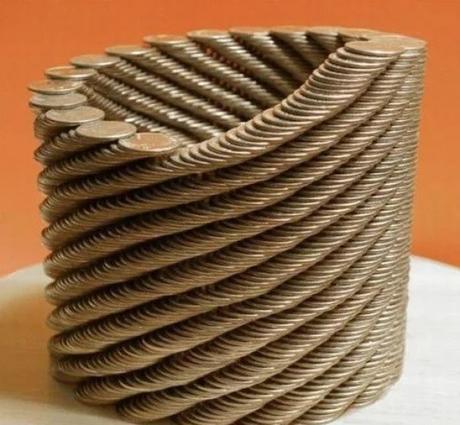
1. Enhances Fine Motor Skills
One of the most immediate benefits of stacking toys is how they help develop fine motor skills. Stacking requires children to use their fingers and hands with precision, improving hand-eye coordination and dexterity. As children grasp, balance, and stack each piece, they’re building finger strength and control. These skills are foundational for many tasks they’ll encounter later, from holding a pencil to buttoning clothes.
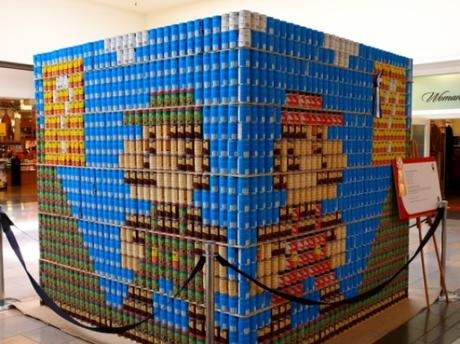
2. Promotes Problem-Solving Abilities
Stacking toys encourage children to think through challenges and work out solutions. Figuring out how to arrange pieces in a specific way—whether by size, shape, or balance—requires focus and planning. This process of trial and error helps children build patience and perseverance, essential qualities for tackling obstacles in life. In this way, stacking toys serve as an excellent introduction to problem-solving.
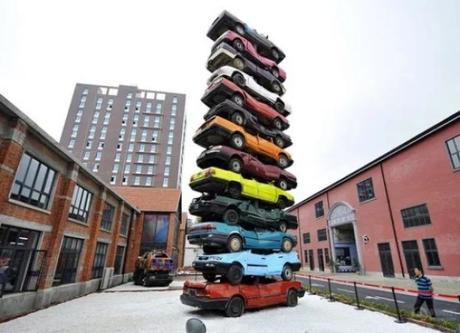
3. Encourages Spatial Awareness and Geometry
Through stacking toys, children begin to understand spatial relationships and basic geometry concepts. By experimenting with different ways to arrange and position pieces, they learn about height, width, and balance. These foundational skills give children a head start in grasping geometry and spatial awareness, both of which are crucial for future learning in subjects like maths, architecture, and engineering.

4. Boosts Creativity and Imagination
Stacking toys allow children to explore their creativity, as there’s no “right” or “wrong” way to play with them. Kids can build towers, castles, and imaginative landscapes, giving them the freedom to create. This kind of open-ended play inspires creativity, as children dream up new ideas and bring their visions to life. The simplicity of stacking toys offers countless ways to play, sparking the imagination in unique ways each time.
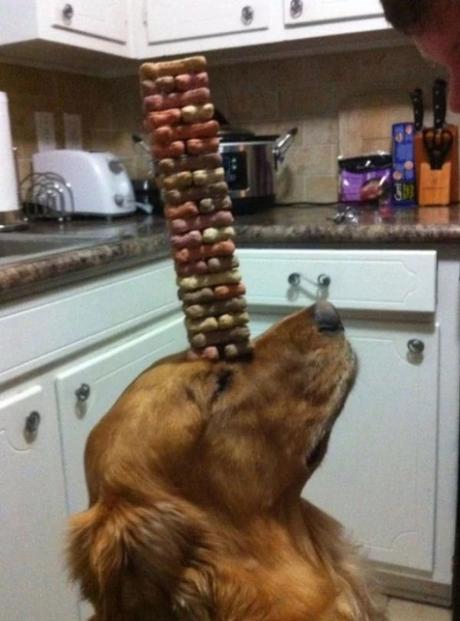
5. Develops Concentration and Focus
Stacking toys require children to concentrate and focus on the task at hand. To stack each piece with care, they need to be precise and pay attention to what they’re doing. Over time, this focus becomes a habit, which can positively impact their ability to concentrate in other areas, such as reading or problem-solving. Stacking toys can thus play a role in strengthening attention span and focus in young children.
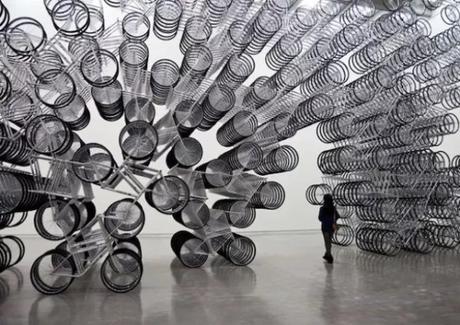
6. Builds Confidence and Independence
Mastering stacking toys can give children a significant sense of accomplishment, boosting their confidence. Every time they successfully stack a tower or complete a specific design, they feel a sense of pride in their achievement. This success encourages them to try new challenges on their own, fostering independence and self-reliance. Over time, this confidence can translate into other areas, as they become more willing to explore and experiment.

7. Fosters Social Skills and Cooperative Play
Stacking toys are perfect for group play, helping children build social skills and learn about teamwork. When playing with others, children learn to share, take turns, and communicate about how to build together. This cooperative play teaches valuable social skills like patience, cooperation, and listening—qualities that will serve them well as they grow.
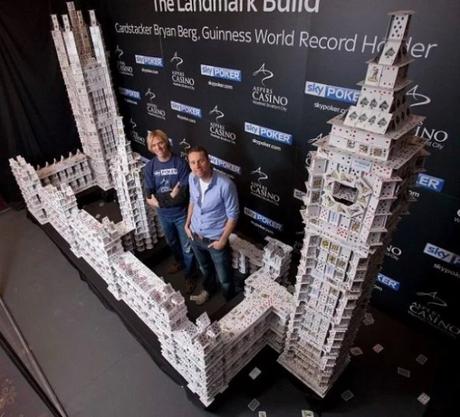
8. Supports Early Maths Skills
Early exposure to stacking toys can introduce children to fundamental maths concepts, such as counting, sequencing, and size comparison. As they stack pieces from smallest to largest or in patterns, they’re laying the groundwork for more advanced maths concepts. These early interactions with numbers, order, and size can spark an interest in maths that could last a lifetime.

9. Introduces Basic Science Principles
Playing with stacking toys gives children a hands-on introduction to basic science concepts like gravity, balance, and weight distribution. As they experiment with different structures, they observe which stacks remain standing and which ones topple over, teaching them about stability and the laws of physics in a simple yet effective way. This process of trial and experimentation forms the basis for scientific thinking.
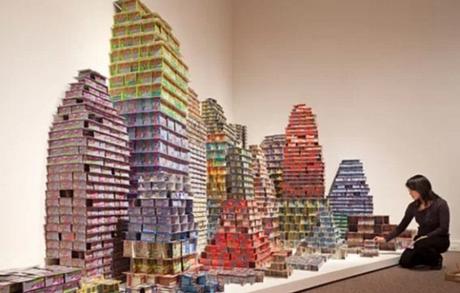
10. Provides Therapeutic and Sensory Benefits
The tactile nature of stacking toys can be calming and therapeutic, especially for children who benefit from sensory play. The act of stacking, touching, and manipulating pieces can be soothing and helps children self-regulate their emotions. For children with sensory needs, stacking toys provide a gentle, hands-on activity that encourages focus and relaxation, making them a valuable tool in both play and therapy settings.
Stacking toys may seem simple, but they offer a world of developmental benefits for young children. From enhancing motor skills and problem-solving abilities to fostering creativity and social skills, stacking toys play a vital role in early childhood development. If you’re looking for a toy that combines fun with learning, stacking toys are an excellent choice. Whether for imaginative play or skill-building, these toys are more than just fun—they’re an essential part of growing up!

